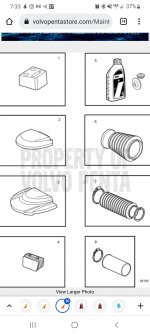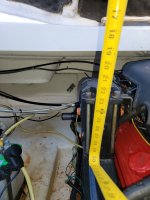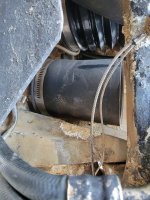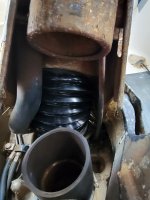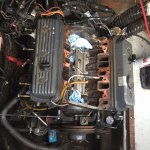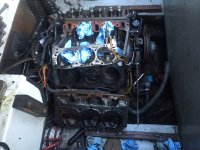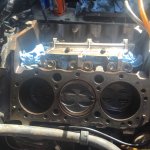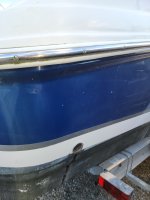According to Volvo Penta site looks like I have 3 bellows total. What is this 3rd one for? Part no: 3587641
Looks like 23075752 = U Joint Bellow Kit
3850426 = Stern Drive Exhaust Bellow (the one that I am missing?)
3587641 =Another Exhaust Bellow?
My TSK: SX-MHP according to my notes from previous owner.
There are different part numbers though from the DP-SM vs SX-MHP?
 www.volvopentastore.com
www.volvopentastore.com
 www.volvopentastore.com
www.volvopentastore.com
Looks like 23075752 = U Joint Bellow Kit
3850426 = Stern Drive Exhaust Bellow (the one that I am missing?)
3587641 =Another Exhaust Bellow?
My TSK: SX-MHP according to my notes from previous owner.
There are different part numbers though from the DP-SM vs SX-MHP?
All Products | iBoats
Since 1998, iboats is the most trusted water lifestyle online store for boat parts and accessories, boats for sale, and forums. Enjoy great priced products with fast shipping.
All Products | iBoats
Since 1998, iboats is the most trusted water lifestyle online store for boat parts and accessories, boats for sale, and forums. Enjoy great priced products with fast shipping.
Attachments
Last edited:




















